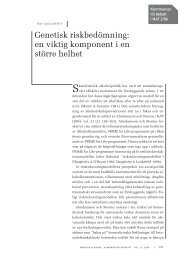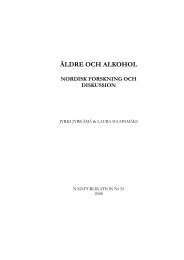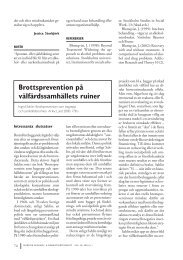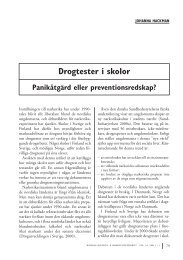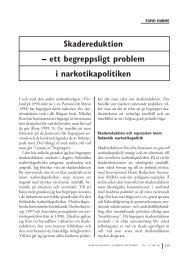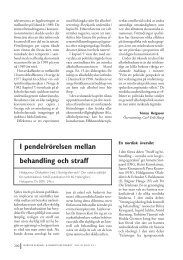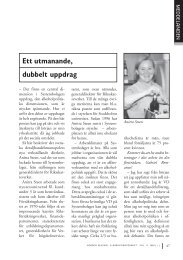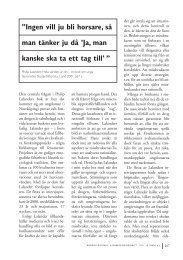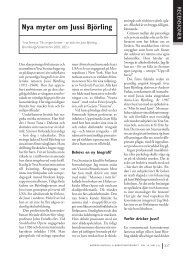CONGENITAL RUBELLA SYNDROME
CONGENITAL RUBELLA SYNDROME
CONGENITAL RUBELLA SYNDROME
Create successful ePaper yourself
Turn your PDF publications into a flip-book with our unique Google optimized e-Paper software.
Her performance on a test of non-verbal abstraction and reasoning (Raven) was<br />
below the average. She also performed below average on a test, which measured<br />
visuospatial attention and concentration (Knox).<br />
Neuropsychological assessment revealed reduction in general cognitive ability, and<br />
evidence of difficulty with non-verbal abstraction and concept formation (Category<br />
Test). The Category Test requires organised memory, and is probably a meaningful<br />
indication of memory in practical, complex, everyday situations, especially<br />
considering that memory, in a meaningful behavioural context, necessarily depends<br />
on relating one aspect of the total situation to another (Reitan & Wolfson, 1993).<br />
She showed slowed performance on a tactile-motor-spatial task (Tactual<br />
Performance Test), with a low memory score (number of remembered shapes), and<br />
a low location score (number of properly localised shapes). Her performance on<br />
tests of simple and complex sequential functions and conceptual tracking were also<br />
below average (Trail Making Test, Part A & B). The Trail making Test is highly<br />
vulnerable to the effects of brain injury. It is therefore not surprising that the Trail<br />
Making Test is one of the best measures of general brain functions (Reitan, 1958).<br />
On a test requiring executive functions like strategic planning, the ability to<br />
maintain an appropriate problem-solving set, and the ability to change cognitive<br />
sets (Wisconsin Card Sorting Test), her performance was defective and she had<br />
many perseverative errors. This test has a reputation of measuring frontal lobe<br />
dysfunction (Rezai et al., 1993).<br />
The results for the tests of motor and sensory functions were normal, and they did<br />
not show any sign of laterality. Her autonomic reactivity was evaluated (SCL) and<br />
she showed a low skin conductance level and no skin conductance responses.<br />
Her personality assessment indicated withdrawal from social contact, lack of<br />
success in social activities, limited social skills, obsessive behaviours and<br />
brooding. This may confirm the problems R.J. faces in every day life such as<br />
understanding social situations and being tactful in interpersonal communication.<br />
Conclusion: The assessment showed that her strengths include the ability to<br />
process meaningful visual stimuli, the ability to organise new codes and categories<br />
of visuomotor character.<br />
The neuropsychological test profile (the hearing impairment taken into<br />
consideration) reflected moderate impairment of higher cortical functions, although<br />
certain abilities were quite well maintained. The problems that were identified as a<br />
result of this battery of tests (personality assessment included) were related to<br />
sustained attention, concentration, memory, psychomotor speed, executive deficits,<br />
interpersonal interactions and emotional adaptability.<br />
15



